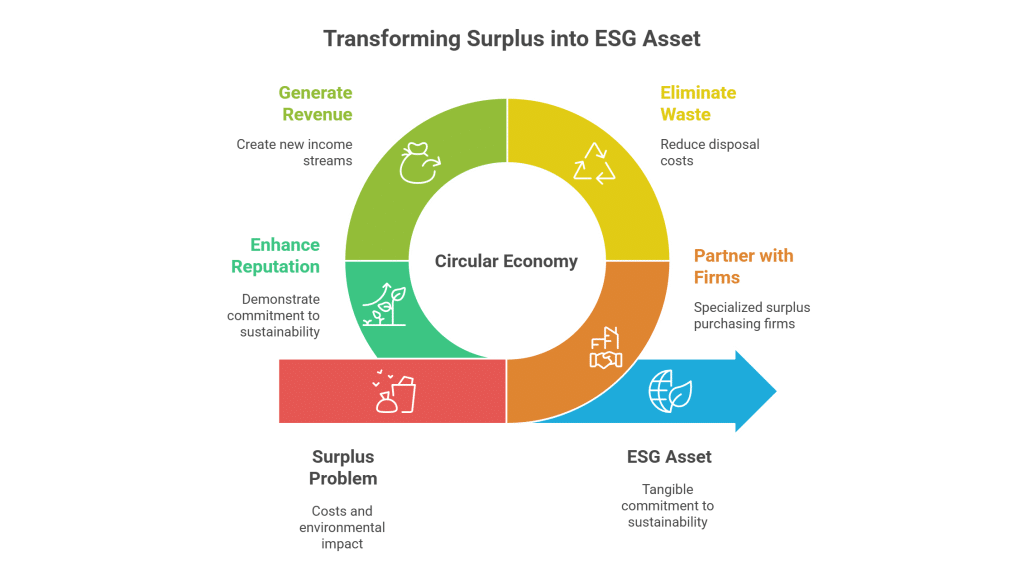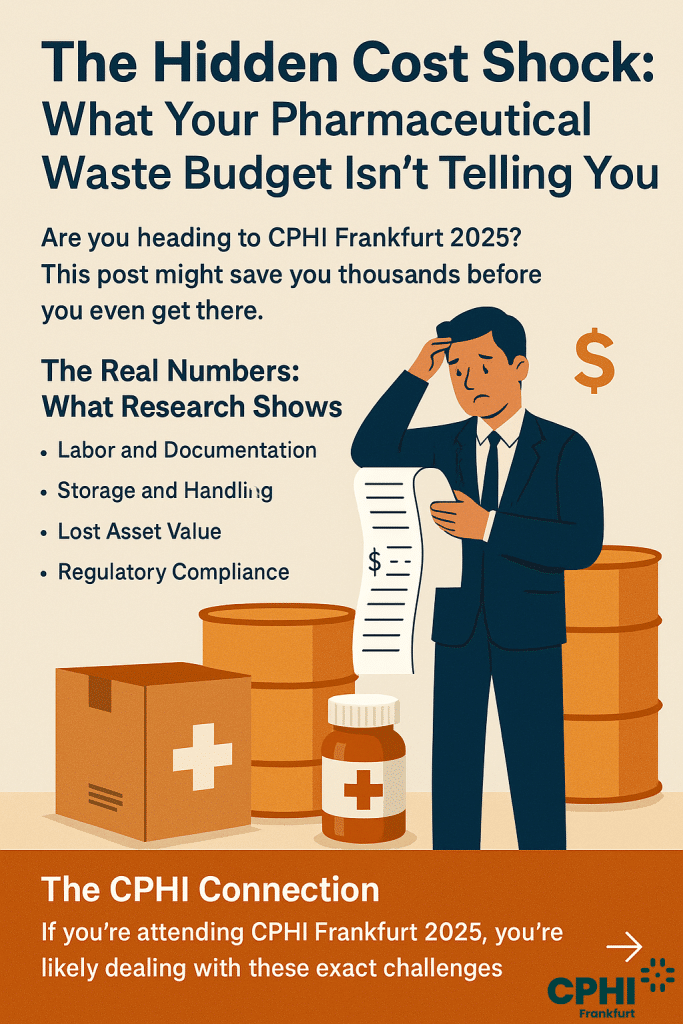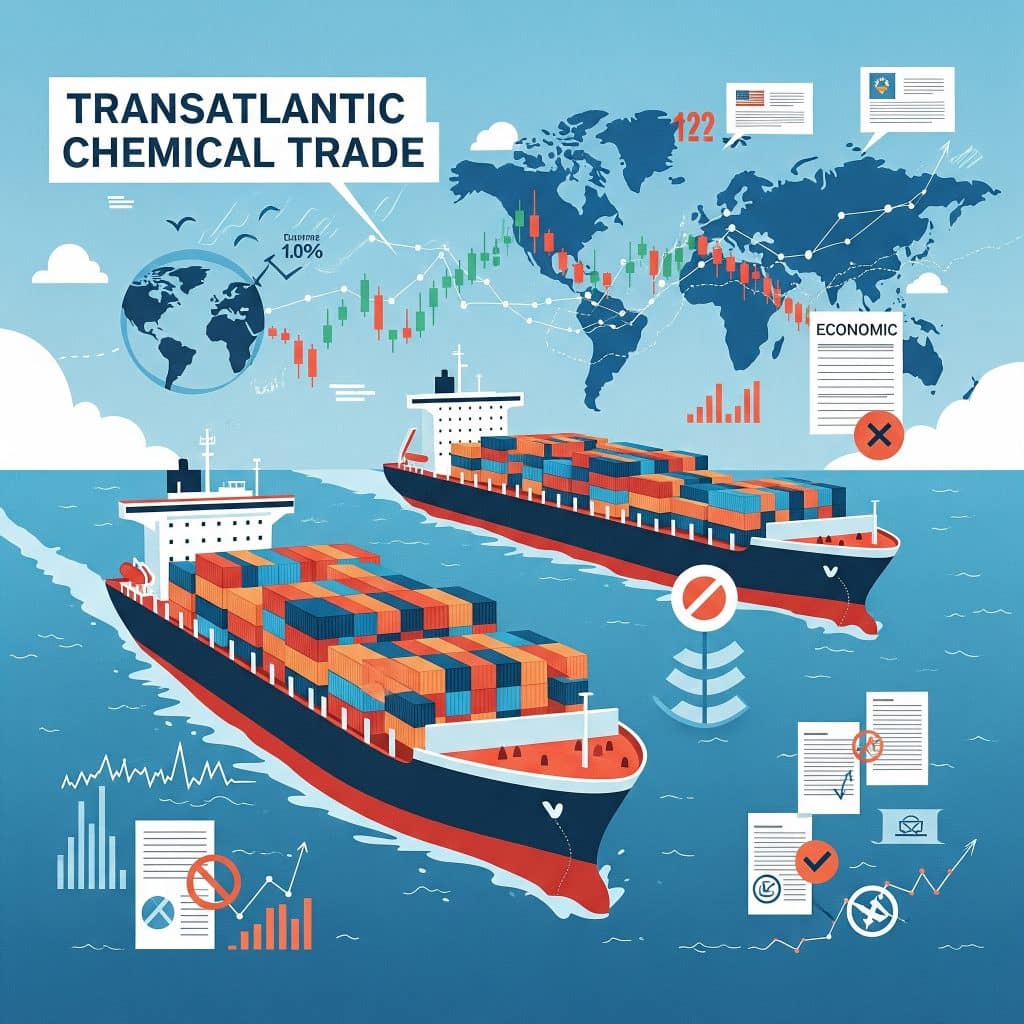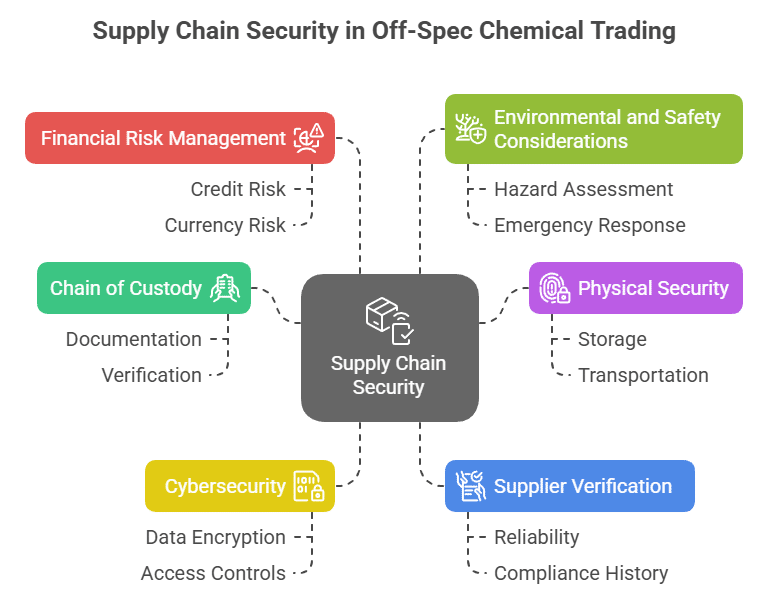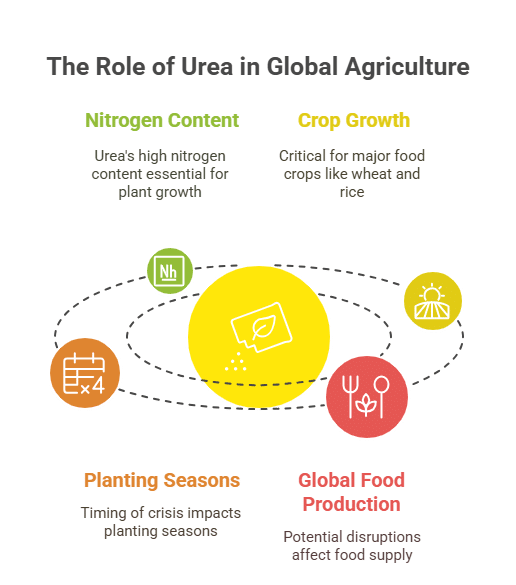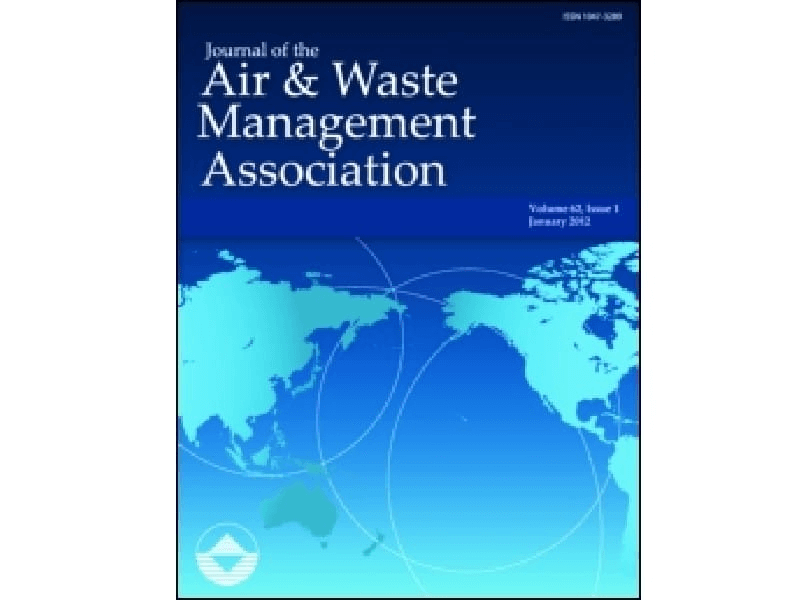Maximize Value with Surplus Silicone Fluids in Personal Care / Textiles
Silicone Fluids are versatile specialty chemicals renowned for their unique properties that enhance texture, spreadability, and durability in both personal care products and textile applications. Whether used in conditioners, moisturizers, or fabric softeners, these surplus substances present an excellent opportunity to reclaim value from excess inventory. By trading surplus silicone fluids, companies can convert what might be considered waste into a valuable asset.
Silicone Fluids Surplus Trading in Personal Care / Textiles | Unlock Cost Savings and Sustainability
The strategic buying and selling of surplus silicone fluids not only captures cost savings but also supports sustainable operations. Sellers can recover expenses, free up storage space, and avoid costly disposal fees and regulatory penalties, while buyers benefit from access to high-quality chemicals at competitive prices. Transform surplus into revenue, reduce environmental impact, and contribute to a greener supply chain.
Silicone Fluids in Personal Care / Textiles: Applications and Benefits
Buyers benefit from reduced costs and reliable sourcing of surplus silicone fluids. These chemicals enhance product quality, lower production costs, and contribute to sustainability goals. Access to surplus inventory can also supply innovations in product formulations and texture enhancements.
Sellers can turn excess silicone fluids into revenue while mitigating storage headaches and disposal costs. By trading surplus inventory, companies avoid regulatory penalties linked to improper chemical disposal and support eco-friendly practices, thereby bolstering their corporate sustainability profiles.
Table of Contents
Successful Surplus Trading of Silicone Fluids Elevates Industry Efficiency
A mid-sized manufacturer in the personal care and textiles sector recently faced a surplus of silicone fluids due to shifts in production demands. Instead of letting the excess inventory diminish in value, they opted to trade the chemicals through a specialized surplus market. By collaborating closely with procurement experts and sustainability officers, they turned surplus stock into profit, reduced storage costs, and adhered to strict environmental guidelines. This strategic surplus trading improved cash flow and demonstrated that excess chemicals can be transformed into profitable and sustainable resources.




